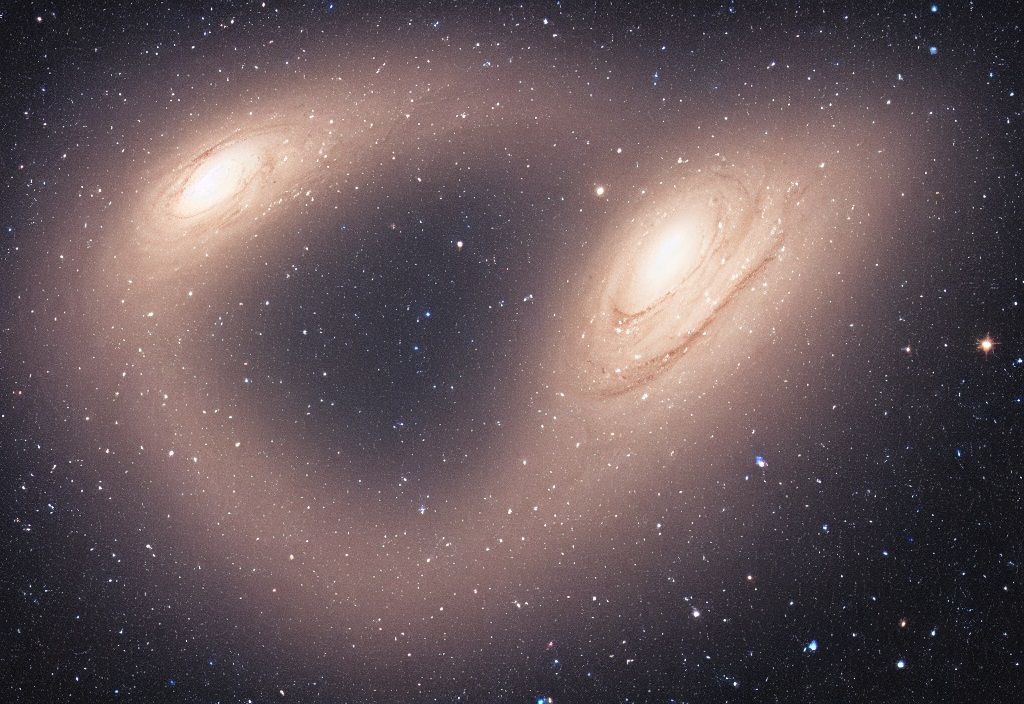Andromeda’s Stellar Nurseries. Unveiling the Secrets of Star Formation
3 min read
Deep within the spiral arms of the Andromeda Galaxy, a cosmic ballet takes place—a symphony of stellar birth and evolution. Andromeda’s stellar nurseries, the regions where new stars are born, hold the key to understanding the intricate processes that shape galaxies and the universe itself. In recent years, astronomers have made remarkable strides in unraveling the secrets of star formation within Andromeda, shedding light on the origins and evolution of celestial objects. Join us on a journey to explore the latest discoveries from Andromeda’s stellar nurseries.
- Massive Star-Forming Regions
Andromeda hosts a multitude of massive star-forming regions, where colossal clouds of gas and dust collapse under gravity to give birth to new stars. Through powerful telescopes and observations across the electromagnetic spectrum, scientists have identified and characterized these regions, unveiling the complex interplay of forces that drive star formation. Studying these regions provides crucial insights into the mechanisms behind the formation of massive stars and their impact on galactic ecosystems. - Protostellar Objects
Within Andromeda’s stellar nurseries, protostellar objects emerge as the precursors to fully formed stars. By observing the infrared emissions from these nascent objects, astronomers can study their physical properties, such as temperature, mass, and accretion rates. These investigations provide valuable data on the early stages of star formation, helping to refine our understanding of the processes involved and the factors that influence stellar birth. - Stellar Feedback and Supernovae
The birth of stars is a dynamic process that not only shapes individual stars but also has a profound impact on their surroundings. The powerful radiation, stellar winds, and supernova explosions from newly formed stars within Andromeda’s stellar nurseries contribute to stellar feedback. This feedback influences the surrounding interstellar medium, triggering further star formation or sculpting the galactic environment. Through multi-wavelength observations and simulations, scientists are unraveling the intricate interplay between stellar birth and feedback processes. - Stellar Clusters and Associations
Star formation in Andromeda often occurs in the form of stellar clusters or associations—groups of stars that form from the same molecular cloud. By studying these clusters and associations, astronomers gain insights into the dynamics, ages, and compositions of the stars within them. These investigations provide a glimpse into the collective evolution of stellar populations, aiding our understanding of how galaxies evolve and mature over cosmic timescales. - Interactions and Galactic Evolution
The study of star formation in Andromeda’s stellar nurseries also offers opportunities to explore the galaxy’s broader evolutionary processes. Andromeda’s interactions with satellite galaxies and its impending collision with the Milky Way have significant implications for star formation. By investigating how these interactions influence the formation and distribution of stars, astronomers can piece together the intricate puzzle of galactic evolution and the mechanisms that shape the universe we observe today.
Andromeda’s stellar nurseries provide a captivating glimpse into the intricate processes of star formation, allowing us to unravel the secrets of cosmic birth and evolution. Through the study of massive star-forming regions, protostellar objects, stellar feedback, stellar clusters, and associations, scientists are advancing our understanding of how galaxies and the universe at large take shape. The ongoing exploration of Andromeda’s stellar nurseries promises to unlock further revelations about the cosmic dance of stellar birth, guiding us towards a deeper comprehension of our place in the vastness of the cosmos.



